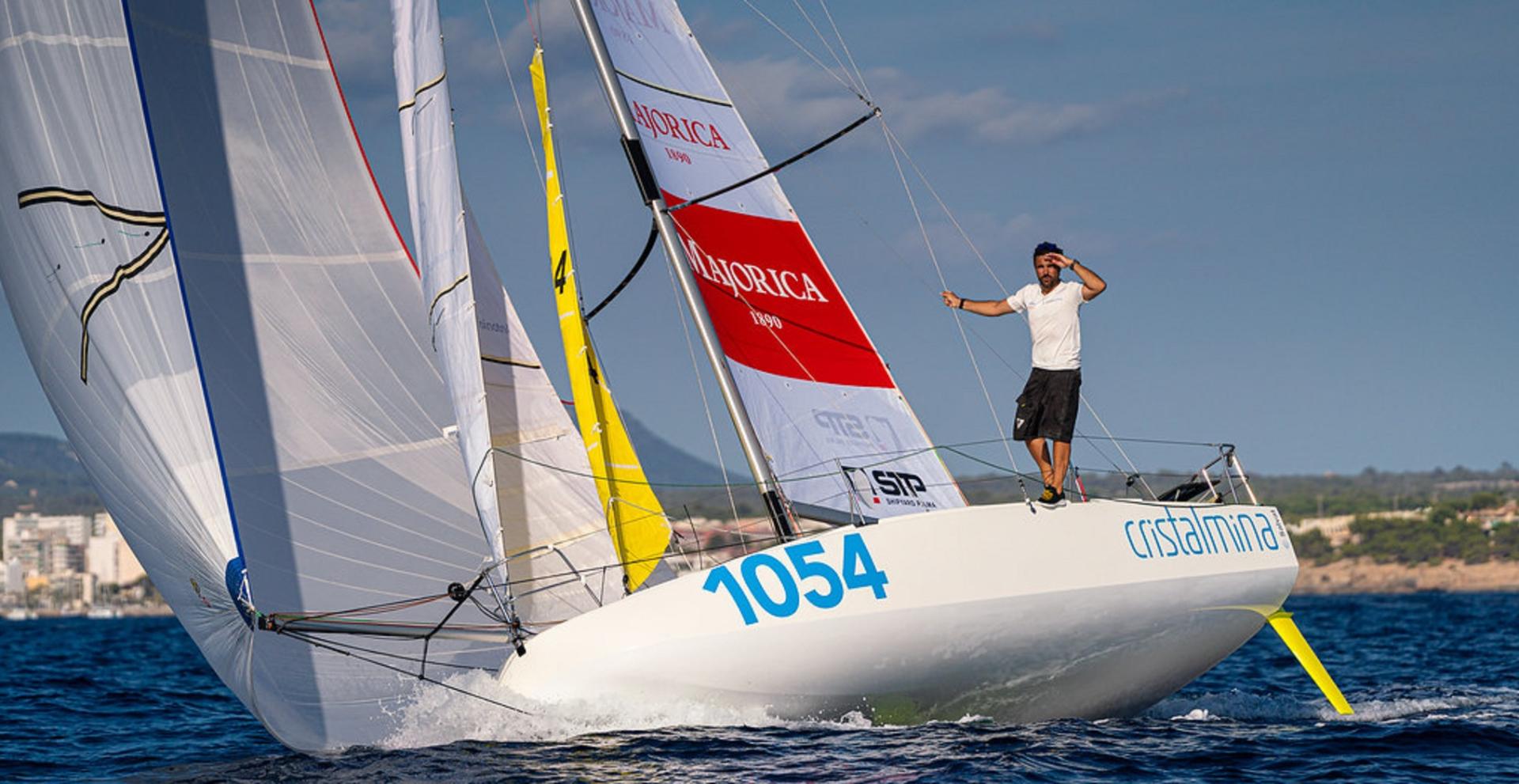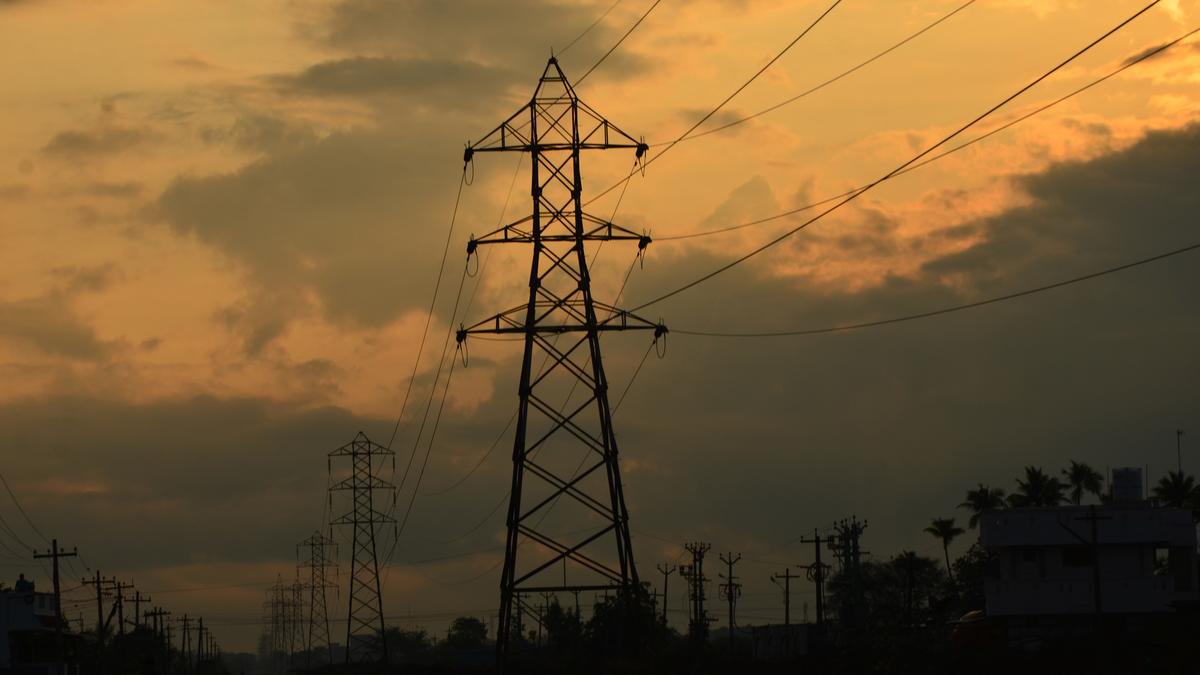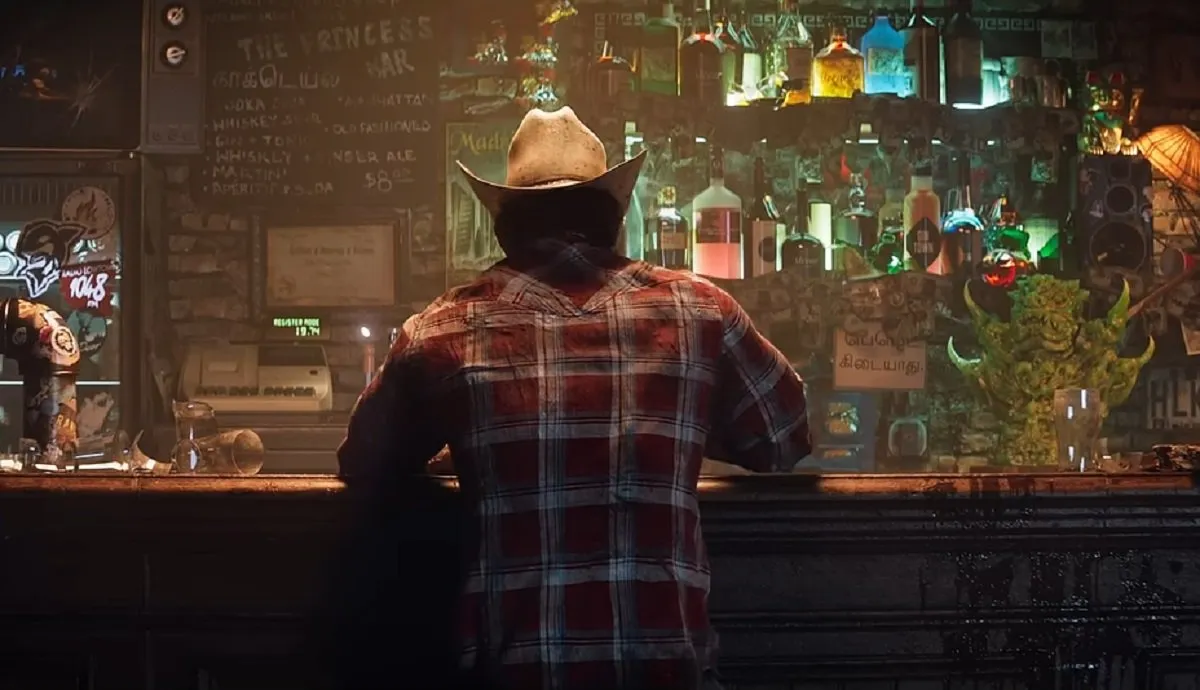By Humphrey Carter
Copyright majorcadailybulletin

Hugo Ramón had other things on his mind on Monday. There was little time to celebrate his 40th birthday as he went through the final preparations for the Mini Transat solo transatlantic yacht race which sets sail from Sables d’Olonne in France this Sunday. This year is an extremely important milestone for Hugo. The legendary Mallorcan sailor is aiming to further cement his place in local and international sailing history.
In 2005, Hugo became the youngest person in history to complete the Mini Transat. When he crossed the finish line he had just turned 20 but he had begun qualifying and preparing for the regatta aged just 17. Now, having just turned 40, to mark the 20th anniversary of his original feat, he will be the only Mallorcan competing this year, one of the two Spanish sailors with three Mini Transats under their belts and one of just five sailors in the world to have completed four Minis.
Test myself
But for Hugo, who sits on the board of directors at the Real Club Náutico, returning to his nautical roots with the Mini Transat is much more than the 20th anniversary. He completed the Round the World Race 2012, which he wanted to start in Palma, and was declared World Champion in the J80 category that very same year. He has also been involved with various Olympic projects and teams.
“I want to test myself again, to challenge myself and see how far I can still push myself; this project has been on my mind for the past 12 years. I have been going over and over the project all the time, every single little aspect and detail. All those competing obviously have similar series vessels. Mine is a Baltic 68 Ranger, and I’ve customised it to just how I want her,” Hugo said.
The race is split into two stages. Stage one covers 1,350 nautical miles of pure intensity. The start in Les Sables d’Olonne, the legendary port of the Vendée Globe, launches the skippers into the formidable Bay of Biscay. This first stage is a compendium of challenges: technical coastal navigation, weather fronts and tactical sailing along the Iberian coast. A real test that separates the daredevils from the strategists. The fleet should then arrive in Santa Cruz de La Palma some ten days later.
There they will spend a few weeks waiting for the tropical hurricanes season from the Caribbean to calm down before setting off on the second stage to Saint-François (Guadeloupe), which involves 2,700 miles of pure ocean sailing across the Atlantic.
Intense emotion
The skippers plunge into the immensity of the Atlantic for two weeks of intense adventure. Between searching for trade winds, managing tropical squalls and optimising the route, every decision can tip the balance in the rankings. Arriving in the Caribbean after weeks of solitude remains a moment of intense emotion that even the most seasoned sailors cannot describe without trembling.
“For the past two weeks we’ve been going through all the complicated security checks and the only sailing was a promotional event on Wednesday.
“It’s flat-out preparation. Apart from keeping fit, working out, eating plenty of clean and healthy food, we’re spending hours going over the routes and the numerous weather patterns and models coming from agencies from across the western world. One has to remember, once we set sail we have no communications nor GPS systems, I’ve got no Google maps. Yes we’ve got the standard charts but with regard to possible dangers such as coastlines, maritime traffic and other obstacles, we have to have them all logged in our minds more or less.
Running on pure adrenaline
“Plus, the weather is always very changeable, so with regard to the route, I have to have plenty of options. I am preparing a number of parametres. The first stage is important but not crucial. Obviously I want to get to La Palma in the best time possible but I’m going to pace myself for the second stage. No one has ever won the Mini after winning the first stage. Sailing through the Bay of Biscay is always a serious challenge. We’ve currently got some unstable Atlantic fronts coming from the UK, so it’s about planning the best route and negotiating those fronts the best way possible,” explained Hugo, who I could tell is running on pure adrenaline.
“We have no communications out, but we do get one daily update informing us of our position in the race, first or fifth, whatever. But we don’t get told where we are exactly or where the nearest competitor and the rest of the fleet are. So I’ll have no idea of what other strategies the other racers are adopting. So those are the parametres and options I’ve been working on, along with the rest of the 90-strong fleet.
“I’ve also been trying to get my body used to sleeping for just 20 to 25 minutes at a time. Remember, it’s just me, my yacht and my ‘routage’,” he stressed. “I aim to be tougher when I reach the start line both mentally and physically. After all I’m 40, not just turning 20 like the first time I competed. My objective, as a result of my new approach, is to not only to put in a better performance but to be able to compete better, make the most of the very short rest/sleep breaks and enjoy the experience to the max.
“I want to soak up the true essence of the regatta, it’s been a long and tough 20-plus years and it’s a very strange sensation sailing solo, being alone. Although in my category, the fleet is much more compact and the competitors are never that far away, so there’s very little time for slacking. It’s like being a boxer and throwing a good punch, you just hope the closest competitor doesn’t respond with a sucker punch and cancels out your advantage, so you’re sailing on a knife edge,” Hugo explained.
“And I’m going to stick to the plan as much as possible. Yes, changes will have to be made, there’s no straight line from start to finish, anything can happen and it will – I know that. But I’m not going to get obsessed with matters to the point that all the years of planning and training for this go out the window, or over board. My team and I have been working extremely hard on the strategy and I intend to stick to it as much as possible and not panic.
“The first few days are always the toughest because it’s the first time we really confront the weather and get to see what we’re up against. Those are the days when you can start losing the plot and straying way off course. It’s not about flying out of the starting blocks, it’s about getting into the right and best position. That may cost a few miles and a bit of time, but you can make that up further along the route. So it’s about patience, staying calm and doing what you know best. Like I said, sticking to the plan,” he said.
“It’s a great challenge and I can’t wait. Having to navigate by the stars, watch the clouds, the pressure, the currents, to a certain extent we’re sailing blind but that’s what the Mini is all about. It’s one of the ultimate sailing tests and it takes you back to what sailing has always been about. No technology on board to help me out. You’ve got to be able to know when you’ve made a mistake, acknowledge it and correct it. You’ve got to sail intelligently, you can’t lose it and go crazy. You’ve got to be savvy enough to know what to do next and whether it’s the right decision or not,” Hugo explained.
“And we’re going to be filming a spectacular documentary of the crossing, which I want to share with the general public, in particular children. If I can inspire just one person, then I’ll be more than happy,” Hugo added.
Follow Hugo’s race at Instagram @HUGOsailing and www.hugosailing.com.



